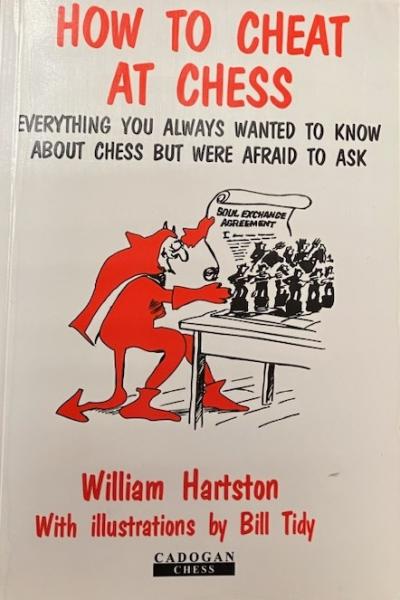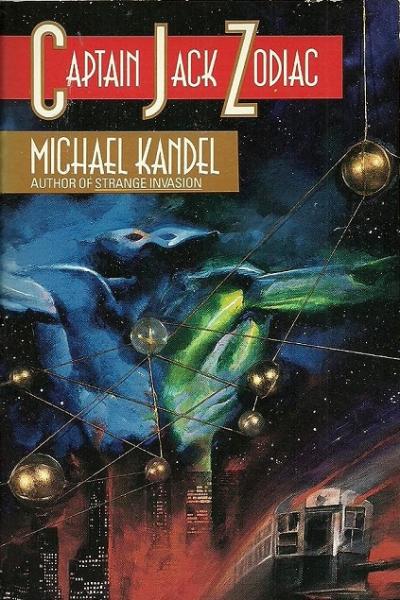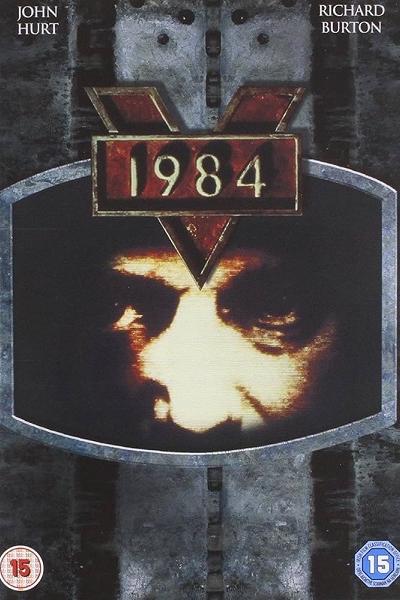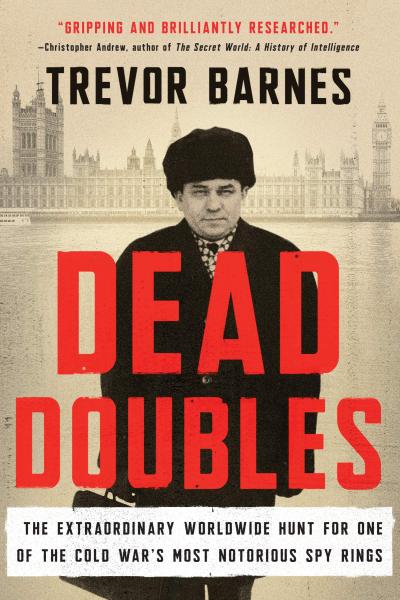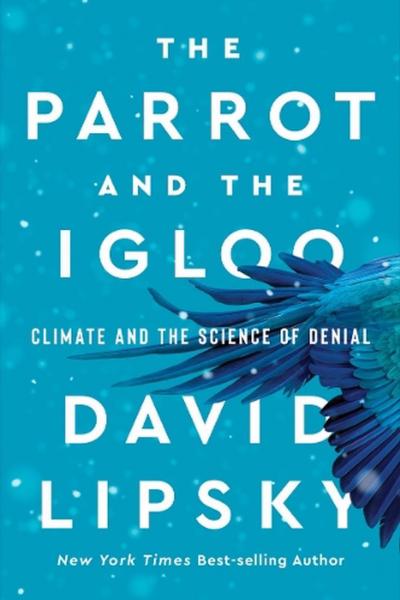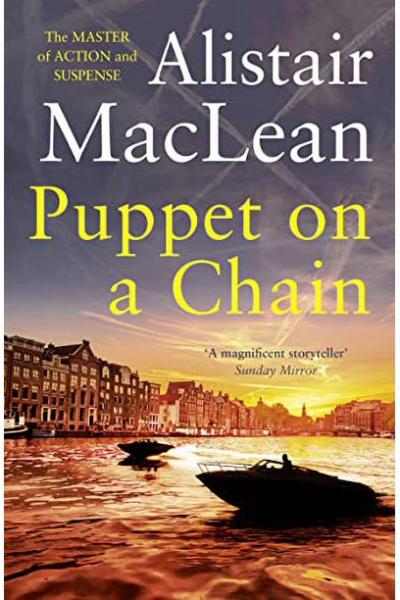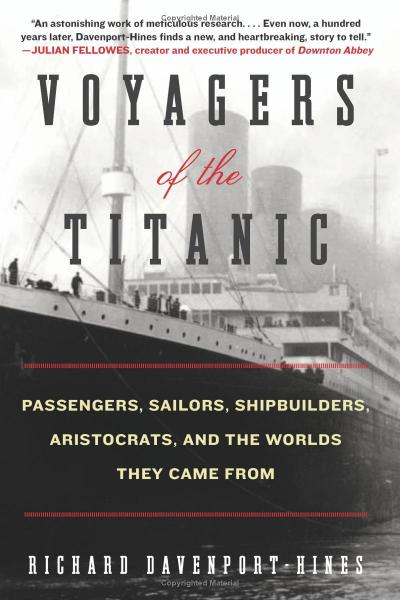Many, many books have been written about Titanic, but Voyagers of the Titanic is a real standout in the field for its memorable and engaging tone. The book is comprehensive, beginning with an overview of the shipbuilders and financiers who made her, then the various people who set sail on the fateful maiden voyage.
Much of Davenport-Hines’ prose, particularly his depictions of various passengers' lives, is colorful and descriptive. From a description of an outfit worn by Francis Millet, an American painter, head of the American Academy in Rome: "Bright copper-colored trousers with matching Norfolk jacket, fastened by big ball-shaped buttons of red porcelain, a lavender tie, tall bay-wing collar, a derby hat with broad brim, patent leather shoes with white tops, a bunch of lilies in his buttonhole and a cambric handkerchief tucked in his left sleeve."
When it comes to the complicated personal lives of the passengers, his descriptions are vivid and sometimes, even amusing. Of Benjamin Guggenheim's marriage/romantic life: "At first, Ben Guggenheim lived with his wife, Florette, and three daughters in a pretentious, tomblike house on a corner of Fifth Avenue…he was the rare sort of philanderer who liked women and understood them. He kept a slim brunette nurse in the Stygian house, ostensibly because her massage warded off his neuralgia, but eventually decided that marvelous regions lay waiting to be explored in Paris, where he took an apartment."
While some articles and books have focused on the well-known first class passengers (and indeed, they are included here), Voyagers of the Titanic also has portraits of the sailors, second class, and steerage passengers as well. It is easy enough to list the number of people who died, their occupations, and the places they came from. What Richard Davenport-Hines has given us are realistic and distinct portraits of those numbers as individuals.
In the chapter "Second Class," we learn about one couple traveling in this section. "In the library, a pert young Frenchwoman, Henriette Yrois, sat playing patience under the admiring scrutiny of her middle-aged companion. This was William Harbeck, aged forty-eight, from Toledo, Ohio. As a cynic would have realized, the pair were too acutely away from each other to be a married couple. Neither survived the tragedy, although his body was recovered clutching her purse, which contained his wedding ring. His real wife did not pay for a headstone for his grave."
In "Third Class," we learn the fate of Rhoda Abbott, a mother returning to Rhode Island with her two sons, Rossmore, aged sixteen, and Eugene, thirteen. All three went into the sea together when the ship took its final plunge. The two young men shoved their mother into a collapsible lifeboat, then held onto the edge themselves. As their mother looked on, the boys gradually lost their grip and drifted away. As Davenport-Hines states "few women can have suffered as she did."
The aftermath of the sinking is handled with the same skill as the previous ⅔ of the book. One theme that the author addresses early on in the book, and returns to here, is that of the social environment the wreck occurred in, specifically the racial and ethnic prejudices at play. The "gutter press" declared that the heroism of Anglo-Saxon men, going bravely to their deaths, was contrasted with the cowardice of non-Anglo people such as Italians, Chinese, and Syrians.
Voyagers of the Titanic is ideal for those who have a new interest in the Titanic, but due to the author's skill, it would also be of interest to those who are already well-read on the subject.


